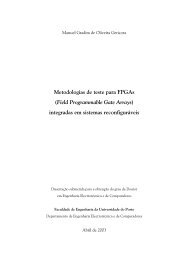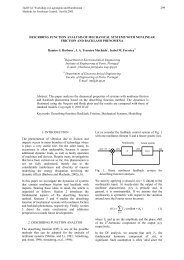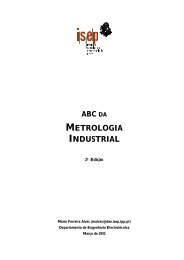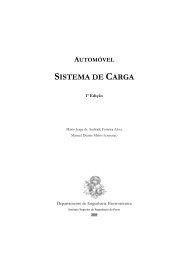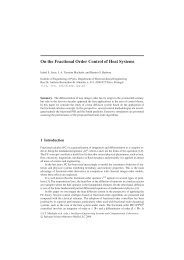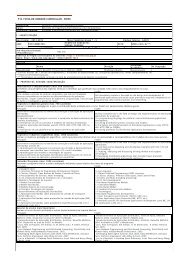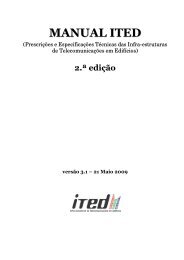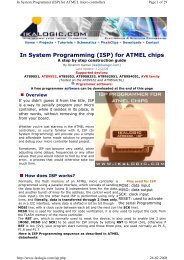AUTOMOTIVE ELECTRICAL CIRCUITS AND WIRING
AUTOMOTIVE ELECTRICAL CIRCUITS AND WIRING
AUTOMOTIVE ELECTRICAL CIRCUITS AND WIRING
You also want an ePaper? Increase the reach of your titles
YUMPU automatically turns print PDFs into web optimized ePapers that Google loves.
EMERGENCY LIGHT SYSTEM<br />
The emergency light system, also termed hazard warning system, is designed to signal<br />
oncoming traffic that a vehicle has stopped, stalled, or has pulled up to the side of the<br />
road. The system consists of a switch, flasher unit, four turn signal lights, and related<br />
wiring. The switch is normally a push-pull switch and is mounted on the steering<br />
column.<br />
When the switch is closed, current flows through the emergency flasher. Like a turn<br />
signal flasher, the emergency flasher opens and closes the circuit to the lights. This<br />
causes all four turn signals to flash.<br />
Figure 2-71.- Brake light switches.<br />
CIRCUIT BREAKERS <strong>AND</strong> FUSES<br />
Fuses are safety devices placed in electrical circuits to protect wires and electrical<br />
units from a heavy flow of current. Each circuit, or at least each individual electrical<br />
system, is provided with a fuse that has an ampere rating for the maximum current<br />
required to operate the units. The fuse element is made from metal with a low-melting<br />
point and forms the weakest point of the electrical circuit. In case of a short circuit or<br />
other trouble, the fuse will be burned out first and open the circuit just as a switch<br />
would do. Examination of a burnt-out fuse usually gives an indication of the problem.<br />
A discolored sight glass indicates the circuit has a short either in the wiring or in one<br />
of its components. If the glass is clear, the problem is an overloaded circuit. Be sure<br />
when replacing a fuse that it has a rating equal to the one burned out. Ensure that the<br />
trouble of the failure has been found and repaired.<br />
A circuit breaker performs the same function as a fuse. It disconnects the power source<br />
from the circuit when current becomes too high. The circuit breaker will remain open<br />
until the trouble is corrected. Once the trouble is corrected, a circuit breaker will<br />
automatically reset itself when current returns to normal levels. The fuses and circuit<br />
breakers can usually be found behind the instrument panel on a fuse block (fig. 2-72).<br />
<strong>AUTOMOTIVE</strong> <strong>ELECTRICAL</strong> <strong>CIRCUITS</strong> <strong>AND</strong> <strong>WIRING</strong> 85/ 101



